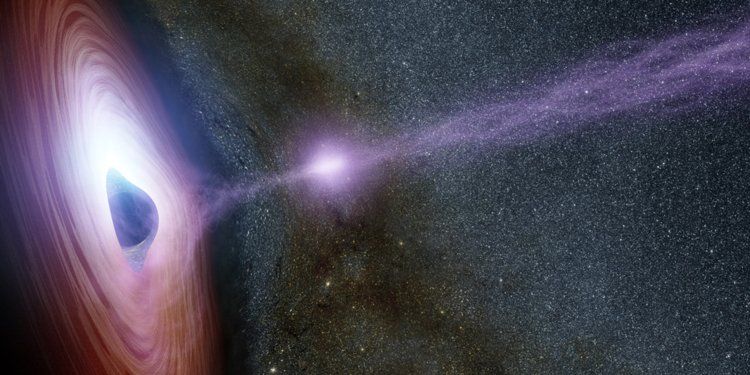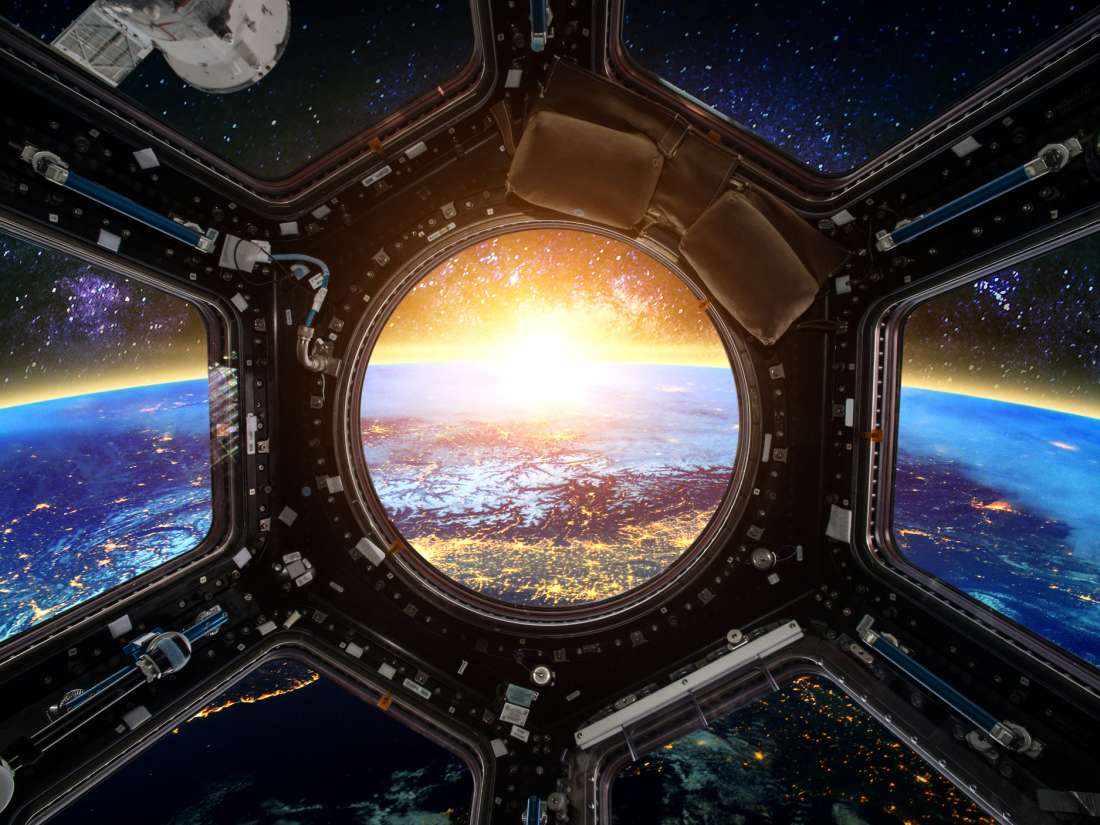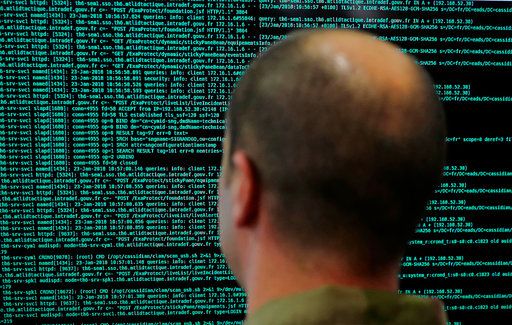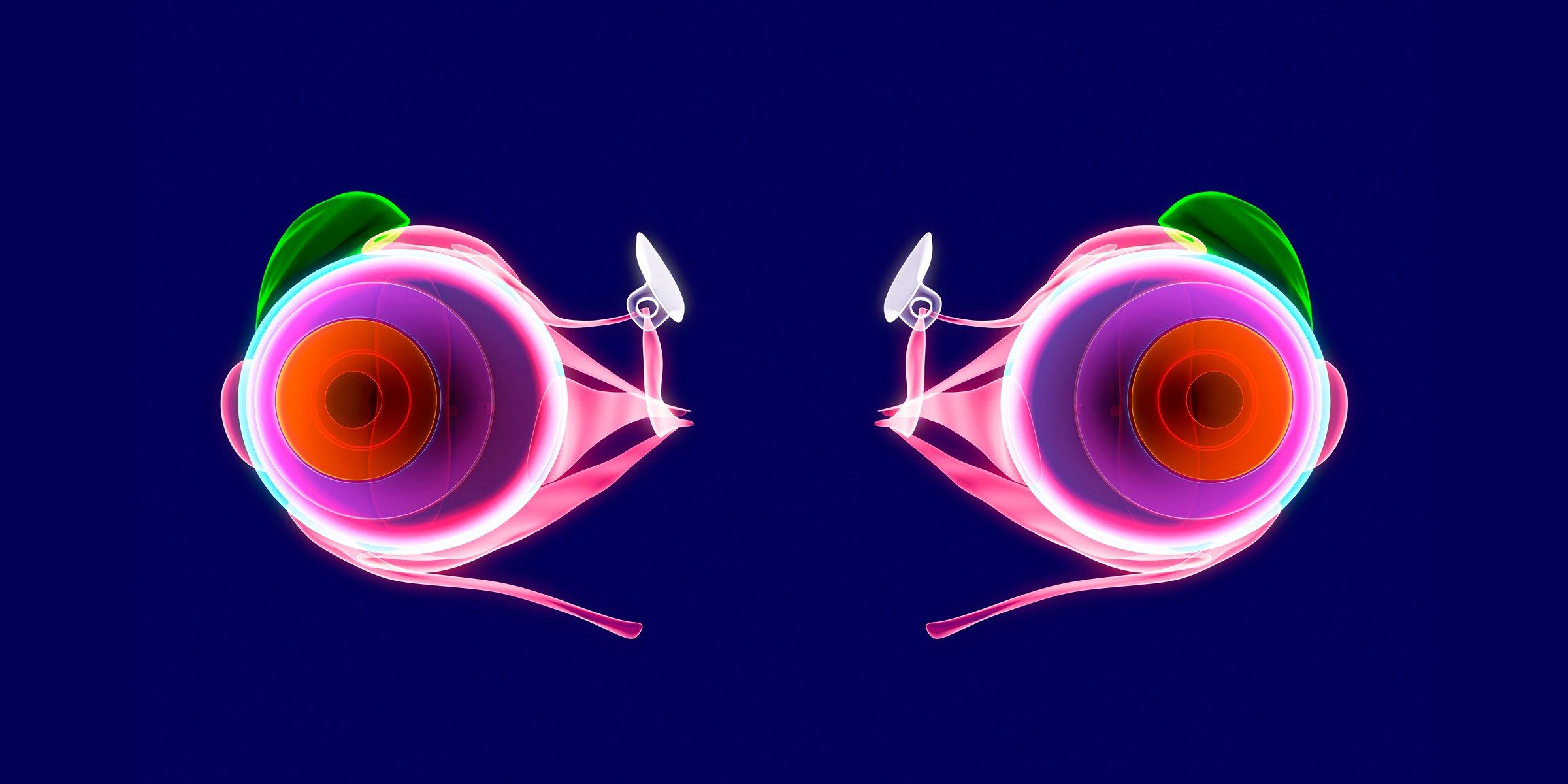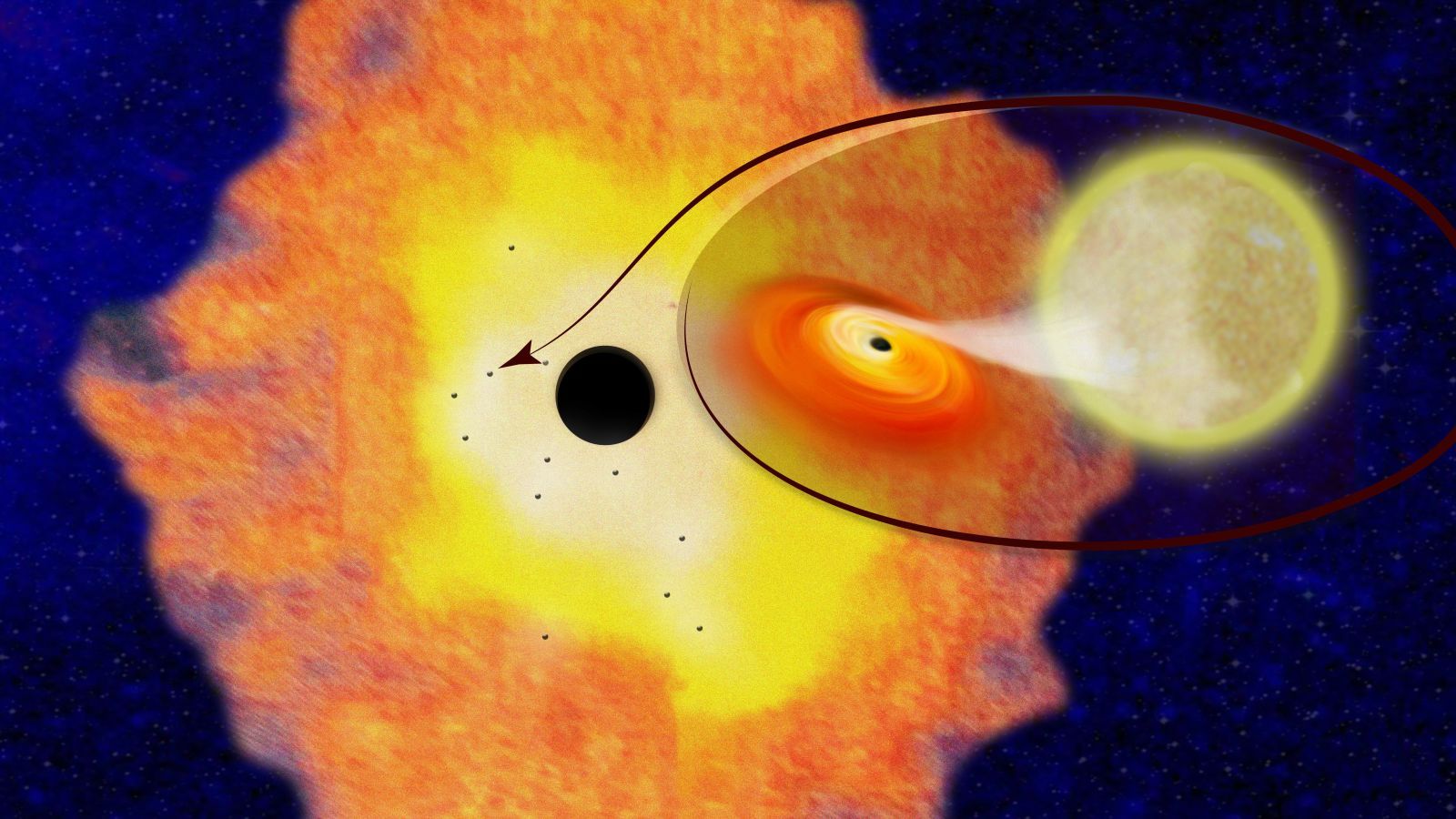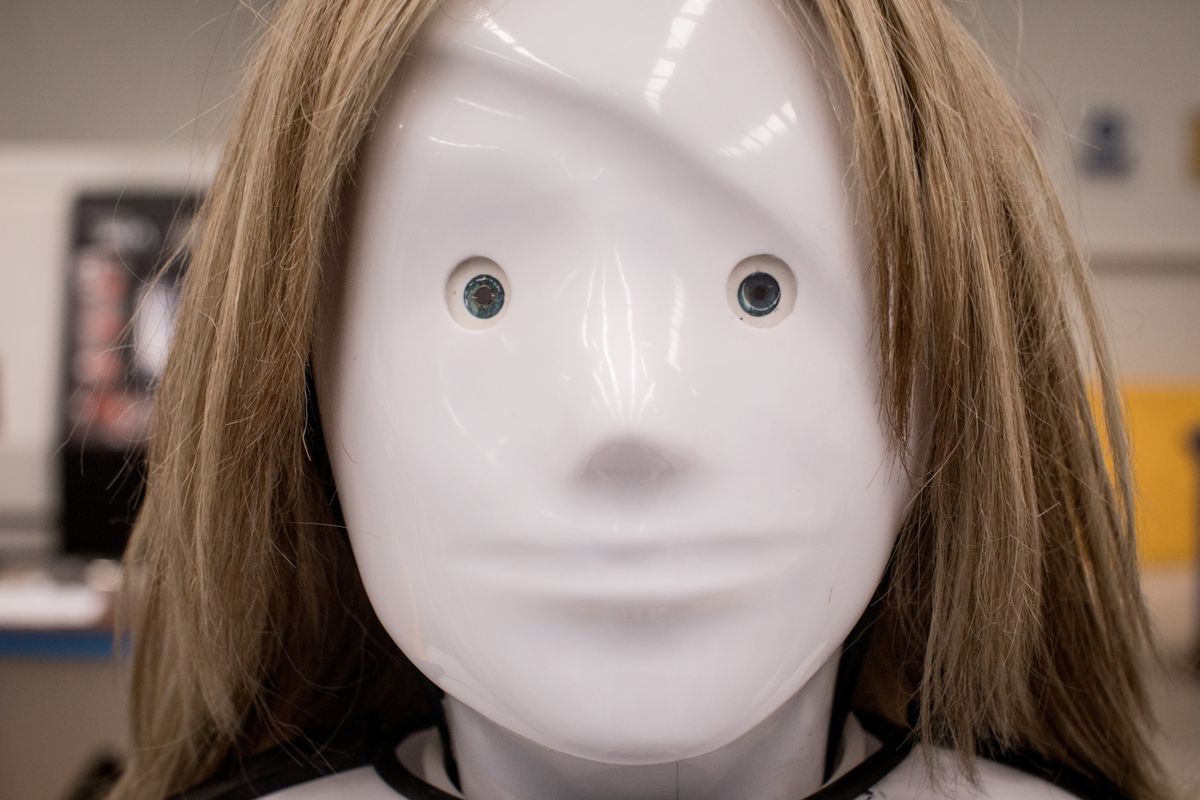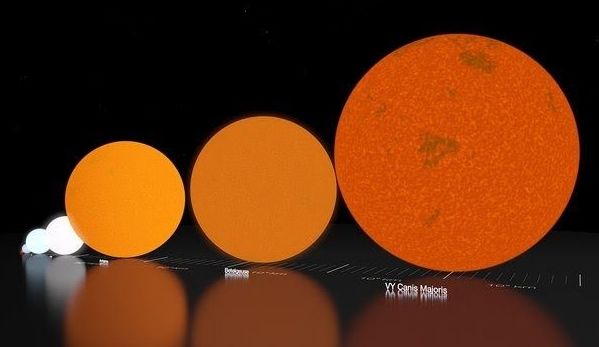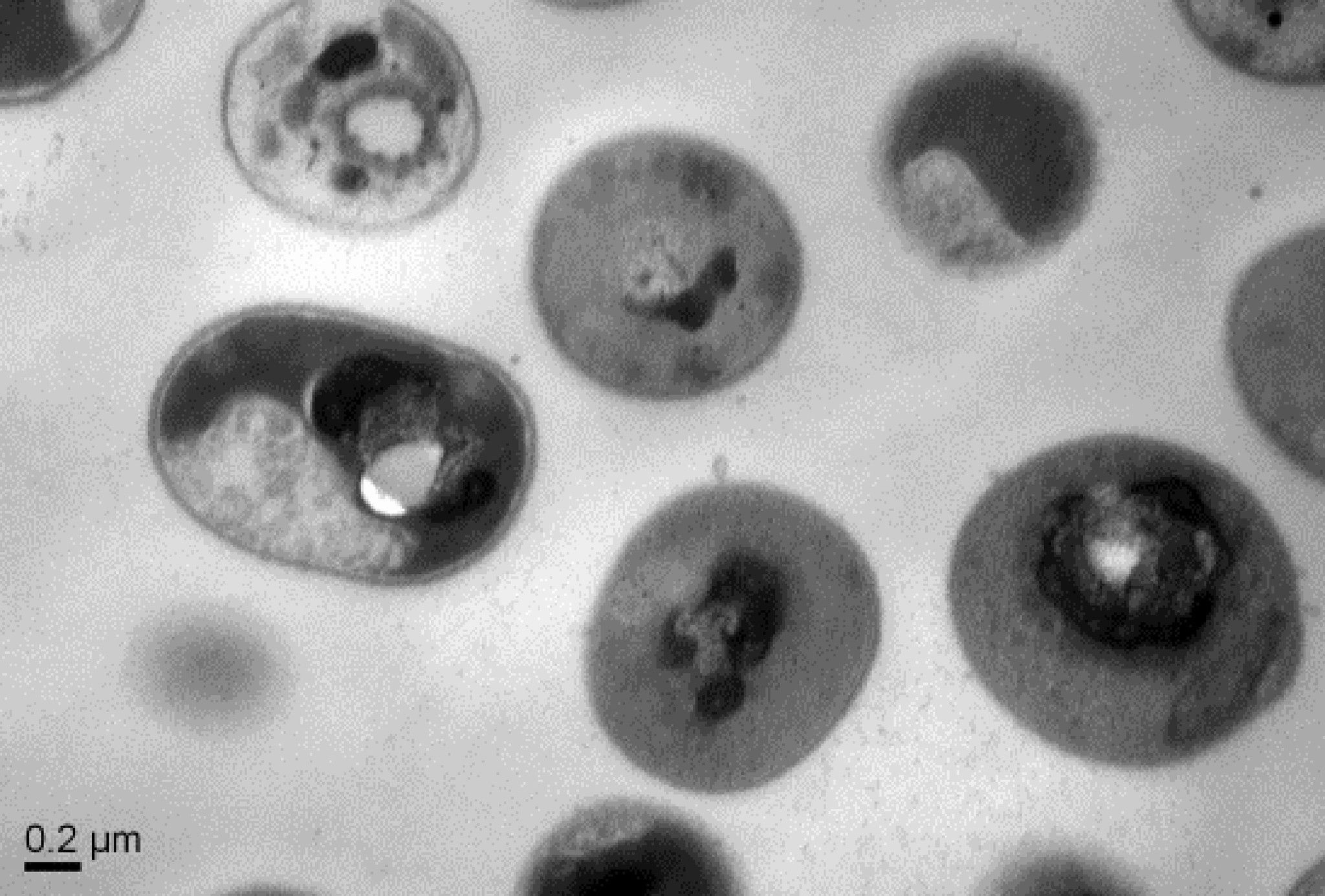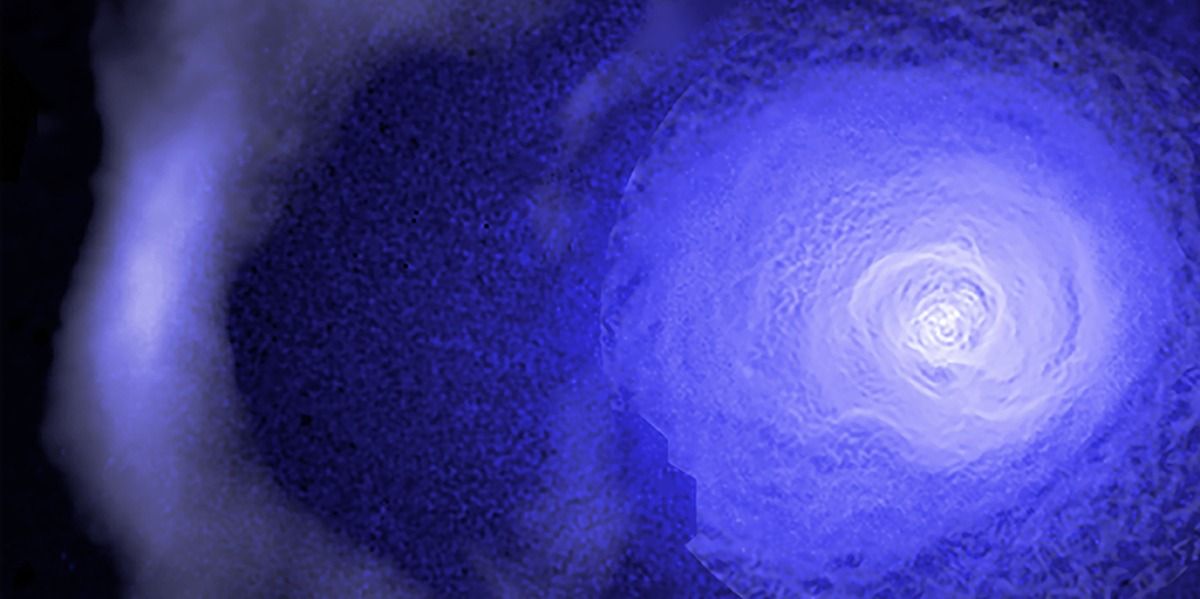Apr 4, 2018
A second ‘Big Bang’ could end our universe in an instant — and it’s all because of a tiny particle that controls the laws of physics
Posted by Genevieve Klien in categories: chemistry, cosmology, particle physics, quantum physics
Our known universe may end the same way it was created: With a big, sudden bang.
That’s according to new research from a group of Harvard physicists, who found that the destabilization of the Higgs Boson — a tiny quantum particle that gives other particles mass — could lead to a huge explosion of energy that would consume everything in the known universe.
The energy released by the event would destabilize the laws of physics and chemistry.
